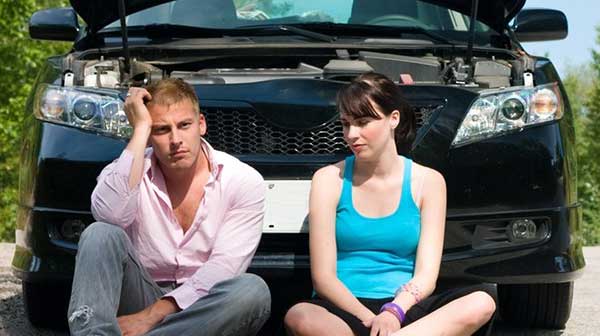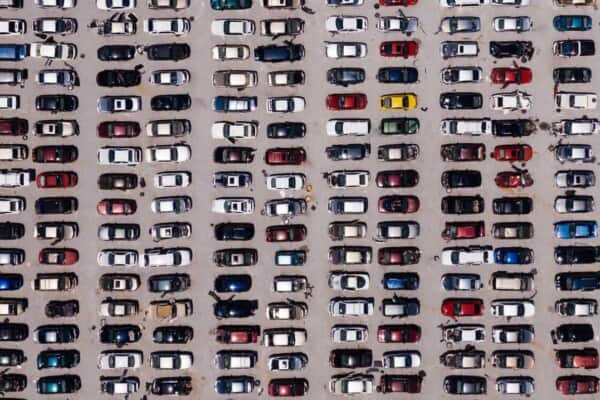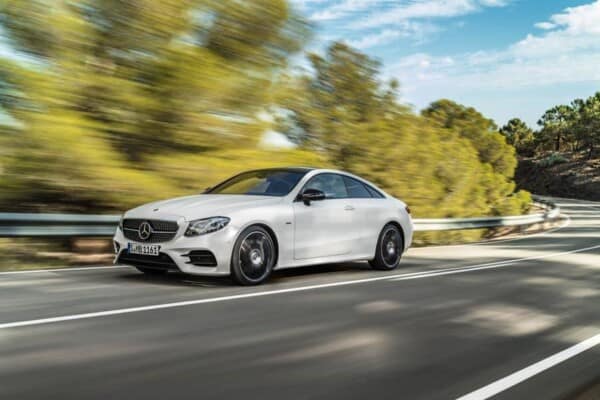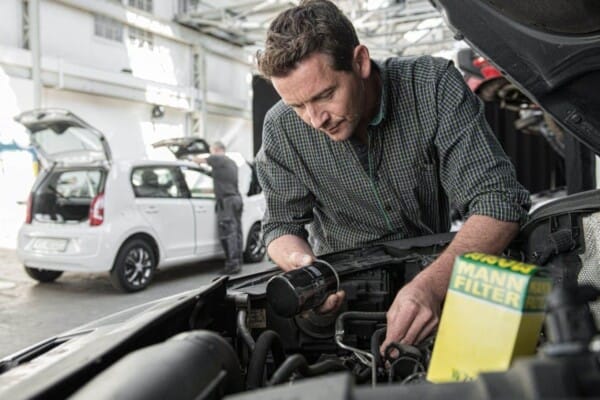Drivers may have a lot of confidence in their driving skills, but even so they do not have control on how their vehicle’s engines would perform and how other drivers would behave over long-distance trips. Beside’s let’s face it, no one can tell for sure when disaster might strike and the engine would break down. It is under these circumstances that car breakdown cover comes in handy.
What is car breakdown cover?
Well, have you ever been in a situation where your vehicle has broken down and you are stranded in the middle of nowhere? If so, then you probably do know mechanical problems are highly inconvenient and stressful. This is where breakdown cover comes in, providing valuable peace of mind.

It is basically a breakdown insurance which offers vehicle-owners roadside rescue and car recovery. So, why should you opt for breakdown cover? Generally, breakdown cover is a suitable investment for anyone regularly travelling by cars, trucks, SUVs or any other motorized vehicle. Additionally, it is highly suitable for car-owners who own older vehicles.
Therefore, purchasing car breakdown cover can prove to be a real life-line that takes away the tension and anxiety a car breakdown can bring. But with the diversity of levels and types of cover, how do you know which one is the best option for you? Well, let’s take a look at the different types and levels of breakdown cover to find out:
Types of Breakdown Cover
There are generally two broad types of car breakdown insurance available, namely automatic, standard breakdown cover and pay-and-claim cover.
Standard Breakdown Cover
The standard breakdown cover, as the name implies, is at standard level and is offered by a majority of breakdown services and companies. Once you go for standard, you will be given a choice between vehicle-based and personal-breakdown cover. The personal-breakdown cover is for the vehicle you had listed and the vehicle-based covers you as the passenger in any vehicle you are travelling in.
The best part is you get to choose the level of cover that will perfectly suit your needs and have to pay an annual fee upfront. So, if your car broke down and requires repairs, your vehicle will be fixed and you won’t be charged even a penny extra for the call-out. However, if you exceed the fixed number of call-outs, the company may charge you extra. Therefore, it is a convenient option to go for, but if your vehicle is taking its last breaths then standard breakdown cover may not be the best choice due to the limited number of call-outs.
Pay-and-Claim Cover
Are you looking for cheap breakdown cover? If so, then the pay-and-claim might just be the perfect option for you. This type of breakdown cover is less expensive and doesn’t require you to pay an annual upfront fee, but the cover you will be receiving will be way different than standard breakdown cover in two aspects.
Firstly, the breakdown company will not send its own vehicles, but will instead contact a local service and provide your location for roadside assistance. Secondly, once the local service arrives, you will be required to pay an upfront fee and then reclaim the money from your breakdown cover provider by sending receipts.
Therefore, it is a better and more economical option to go for, if you have a new vehicle and know that it might not give trouble. Not to mention, if you don’t have any trouble claiming your money back. When it comes to choosing between these types of car breakdown cover, your main consideration will be convenience and price.
Levels of Breakdown Cover
There are generally four different levels of breakdown cover, namely onward travel, home assistance, vehicle recovery and roadside assistance.
Onward Travel
When compared to different levels of breakdown cover, onward travel is perhaps the most comprehensive option available. However, since every different breakdown company has different policies, it is advised to first take a look at the services available. Depending on the policy, onward travel may include alternative transportation or car hire. It is usually the best option to go for if your vehicle gives you a lot of trouble and you require a mode of transportation to get to work or someplace else.
Home Assistance
So, it’s good to have breakdown cover that can help you while you’re stranded in the middle of the road, but what happens if you need to get to work in the morning and your vehicle won’t start? This is where home assistance comes in which covers you in the event of a breakdown at your home address. Other policies usually won’t cover you if your vehicle breaks down within the radius of your home, but if your car isn’t in the best health and gives trouble in the morning, then perhaps home assistance may be the best breakdown cover for you.
Vehicle Recovery
As mentioned earlier, this level usually comes with standard breakdown cover. It is generally used in circumstances where your vehicle can’t be repaired at the roadside. The vehicle will then be recovered with its passengers. However, please note that according to different policies there may be a set limit on the number of passengers. Some policies will transport your vehicle to a specified location or to your home, and others might transport your vehicle to their local garage.
Roadside Assistance
Every breakdown policy includes roadside assistance. The provider will send professionals to the scene of the breakdown and they will attempt to fix your vehicle. Please note that roadside assistance cannot be taken advantage of until and unless you are a quarter mile away for your home. If your vehicle can’t be fixed, it will be recovered and towed to your home or the nearest garage. Generally, cover providers usually opt for whichever is closer. After paying an annual upfront fee, you will receive 60 minutes of free labor.
So, now that you are familiar with the different types and levels of breakdown cover, all you have to do now is compare breakdown cover policies of different companies to determine the perfect choice for you.







